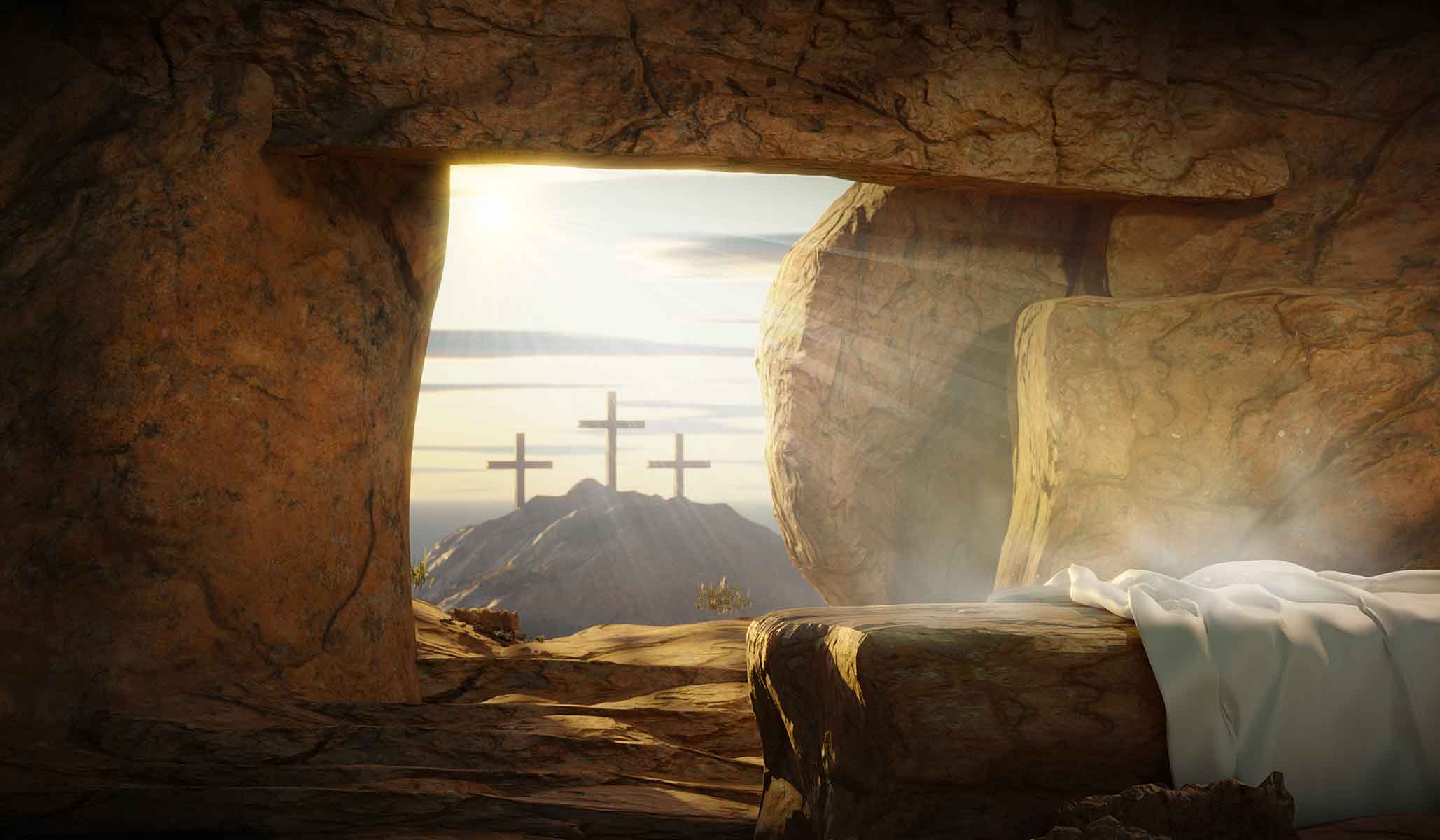


Efforts to read social commentary between the lines of Christian Scripture have long wrestled with the story of Adam and Eve, and specifically, the way in which the Old Testament’s first narrative shows sin coming into the world through the first woman. The exclamation point on that tale is Genesis 3:16, in which the Lord metes out judgment on all womankind: “I will intensify your toil in childbearing; in pain you shall bring forth children. Yet your urge shall be for your husband, and he shall rule over you.”
But too often overlooked in that discussion is the mirror image presented by the Gospels. The first person to receive the news that the Messiah is coming into the world is a woman (Mary). Jesus performs His first miracle at the request of His mother. The last people standing with Him at the Cross, other than the apostle John, are the women — after the men have fled. And, most pointedly in terms of the arc of sin and redemption, the first to see the risen Christ are women, at least one of whom (depending which Gospel you read) is Mary Magdalene.
This does not seem accidental: The Resurrection redeems the original sin of the Garden. And given the mores of the ancient world, this is a central place for women in the story of redemption that one would not expect to find in the purely man-made literature of the age.
